Digital vs analogue: is there still a place for mechanical shifting?
Is the electronic drivetrain killing off the humble cable-and-shift paddle?
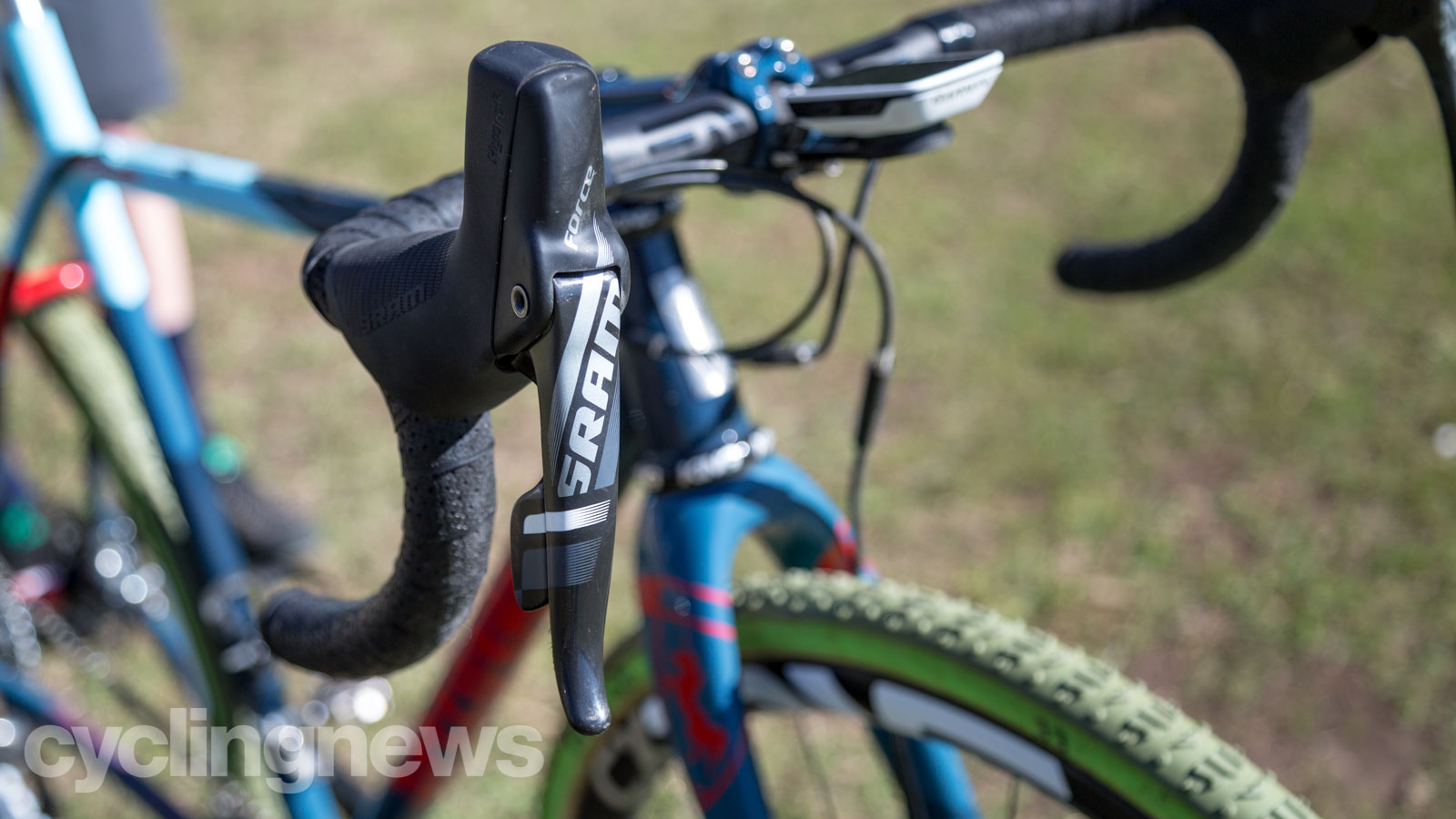
When I first saw a bike shod with the original Shimano Dura-Ace Di2 in the flesh, I scoffed. I thought it was an answer searching for a problem and predicted in a few short years it would go the same way as Mavic Zap — boy, was I wrong.
Now electronic shifting has well and truly become the norm and what the vast majority of riders hold as an object of desire on new bike day, or when it comes time for an upgrade — and for good reason. The 'electricals' that were once commonplace are largely a thing of the past, and Di2, eTap, and EPS provide for quiet and accurate shifting every time you hit the shift button (especially on the front), regardless of whether it's clean or dirty, or how sloppy your shifts become five hours into a ride. There is no cable stretch, broken cables, or replacing inners and outers to deal with and, once it's set up, it will continue to work provided your derailleur hanger is straight, and even sometimes when it's not.
With an increasing number of frames moving towards routing cables internally from the lever all the way to the derailleur, using a wire that never needs to be replaced — or none at all — makes a lot of sense from a maintenance perspective. If you pair with a set of hydraulic brakes, beyond cleaning and lubing, your bike will almost be set and forget.
The customisability of the shift buttons and actions (including adding sprint shifters) is also a boon; it takes some of the thinking out of the shifting and being able to shift through the entire rear cassette and front chainrings with one shifter unlocks a new level of accessibility for those who may have limited function in one or both hands.
There is no doubt that electronic shifting is anything but a fad but there is absolutely still a place for cable shifting. And, when push comes to shove, when I'm shopping for a new bike, I will spend my dollars on analogue rather than digital shifting.
The cassette tape of shifting
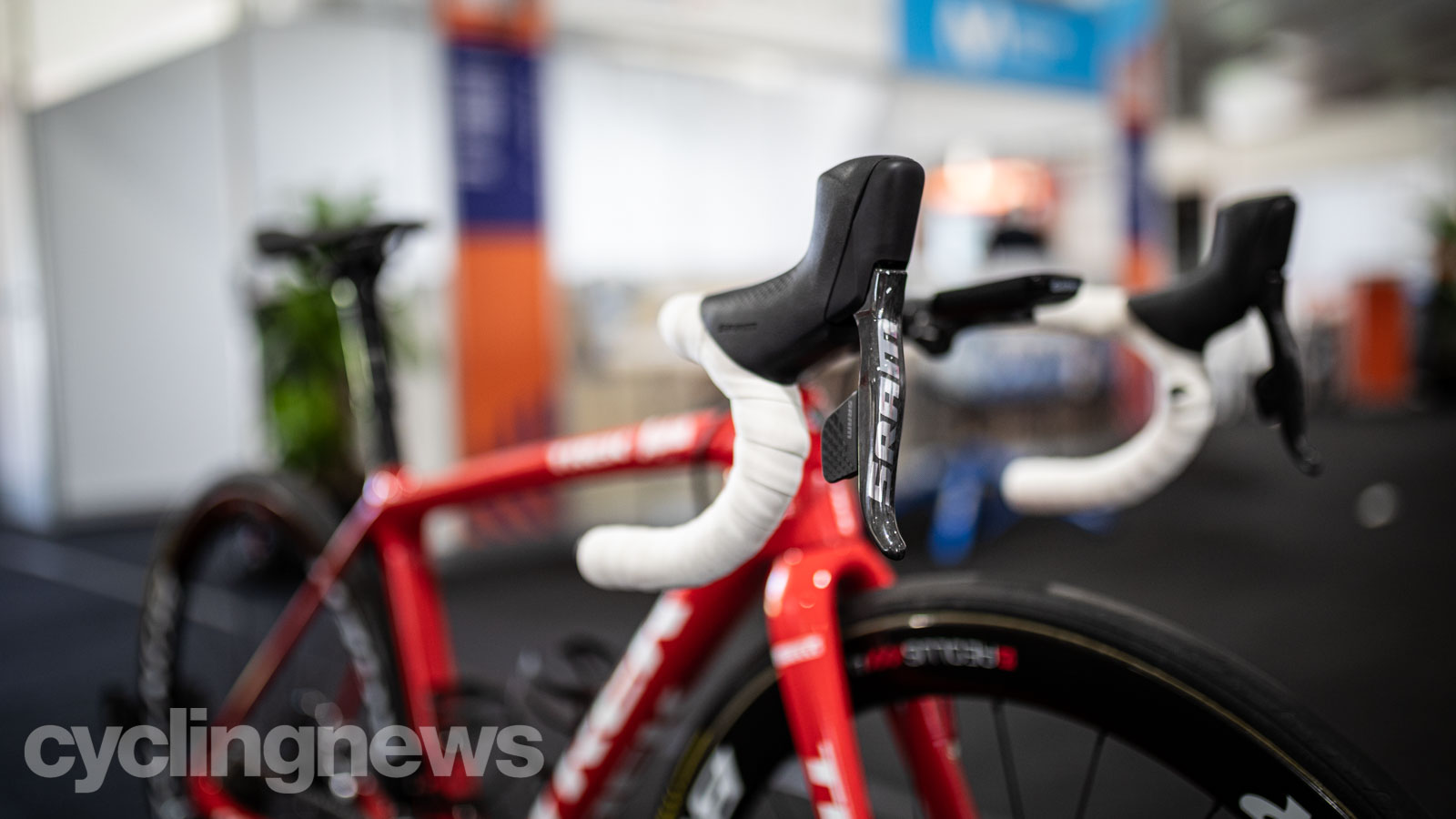
I am about as far from a purist as they come when we talk about cycling gear — or anything else really. I will be the first one to jump on one of the best electric bikes, slot a dropper post in the seat tube of a gravel bike, and wear a tech-t with cut off sleeves and cargo bibs instead of full lycra. But if you ask me what drivetrain I would buy if money were no issue, it most definitely won't be battery-powered; it is Italian, has a thumb shifter, and rhymes with Shmanpy Schmooper Shmecord.
One of the most significant drawbacks to electronic shifting is the way it feels. When you push the shifter paddle on a Campy Ergopower shifter, you feel the feedback from the derailleur as it wrangles the chain up the cassette. The click of an EPS shift, on the other hand, separates you from that sensation. I can say the same for the dynamic click that denotes a downshift on a SRAM DoubleTap shifter, which you will find on all my personal bikes.
Get The Leadout Newsletter
The latest race content, interviews, features, reviews and expert buying guides, direct to your inbox!
I will admit that SRAM's eTap shifters come the closest to satisfying my appetite for tactile feedback. Still, there is a reason that my next bike will have SRAM mechanical shifters, modified with something like Ratio Technology's 3D-printed ratchet ring that provides that extra click — that is unless SRAM releases mechanical road 12-speed before that time.
The not- so-energiser bunny
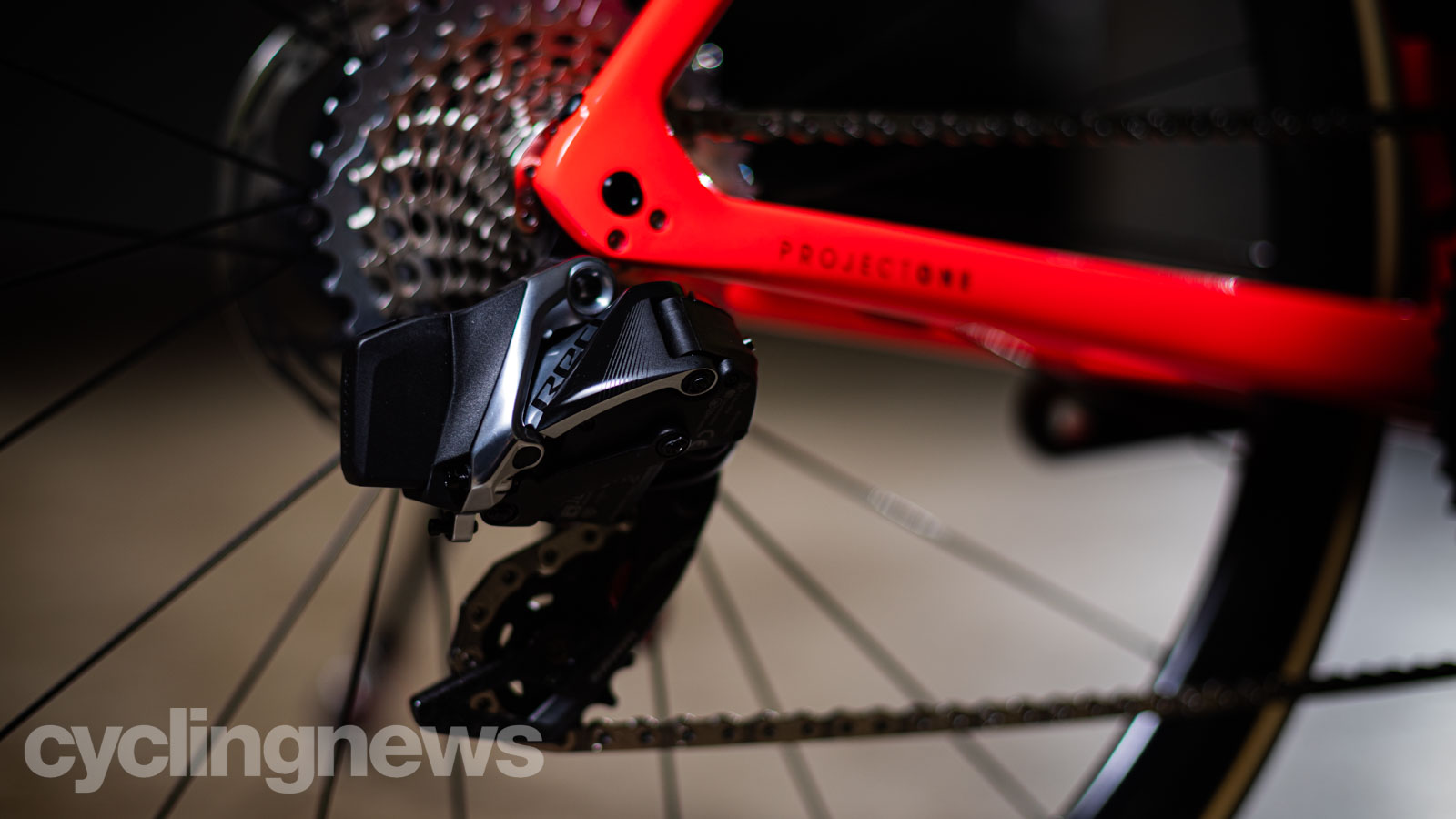
The crux of the issue comes down to the battery required to make mechanical drivetrains go buzz. This doesn't come from a place of 'all things on your bike should be human-powered' as is a common retort to the benefits of electronic shifting; instead, it's based on the fact that I am bad at remembering to charge things.
I am all too familiar with not being able to shift into the big chainring with Shimano Di2, as well as having to stop and swap the front eTap battery onto the rear derailleur mid-ride because that one always runs out of juice first — then there are the coin cell batteries in each shifter; sacre bleu! This is a problem you just don't have with a cable.
Yes, you may break a cable mid-ride, but this is easier to remedy quickly at the closest bike shop than a flat battery. To that end, I've broken all manner of bikes and components out riding, but hand on my heart, I've never snapped a gear or brake cable — now that I've just jinxed myself by writing those words, maybe my tune will change when it inevitably happens.
Works until it doesn't
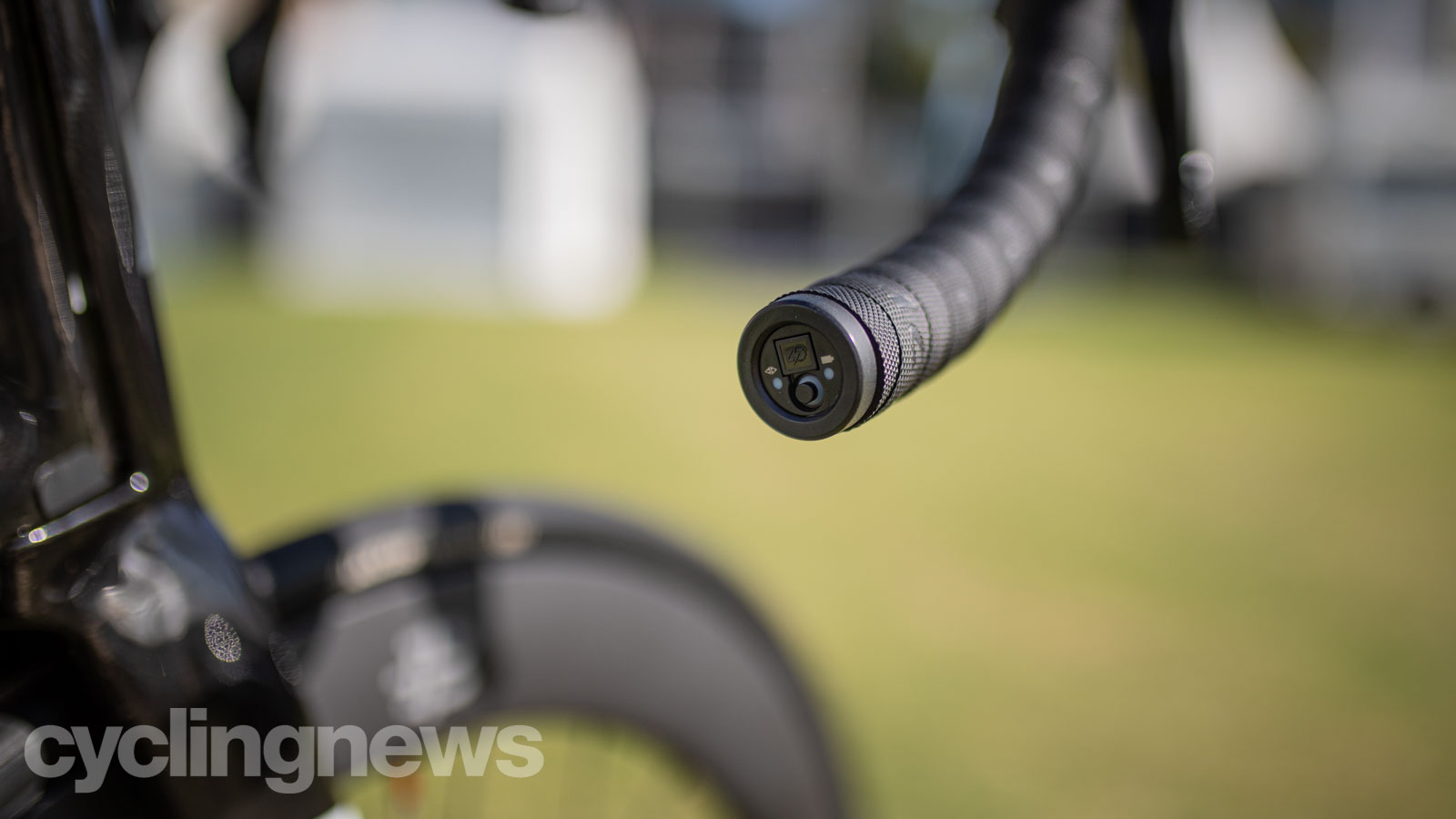
The vast majority of drivetrains, whether they be driven by electricity or a stainless steel cable, are supremely reliable — until they aren't. With mechanical shifting, when there is an issue, it usually pretty easy to work out the cause and solve the problem with parts that are readily available at your local bike shop or a bodge to get you home. With a digital drivetrain, the process can be a bit more involved.
Last year I had a test bike come in with a faulty junction box, which essentially meant it was a single-speed stuck in the 53-11T — not ideal. This meant disassembling and unwiring just about the entire bike to check every wire and connection searching for the origin of the problem; including pulling the battery out and testing it with another Di2-equipped bike to make sure that wasn't the issue. I've also heard of people having to do the same with faulty batteries.
The vast majority of folks would take their bike to a bike shop, and the mechanic does the hard yards, but it's still quite a bit more involved than figuring out which way you need to turn a barrel adjuster.
Once I worked out it was, in fact, the junction box, I discovered that no bike shop in my immediate area had one, and it would have to be ordered. This is quite a few steps compared to a $5 cable that every bike shop on earth will be able to sell you at a moment's notice. To their credit, every drivetrain manufacturer has streamlined the diagnostic and firmware update process with their respective companion apps to prevent similar situations. Still, if the brain of the bike is not functioning properly, the app isn't much use.
It's all about the Benjamins
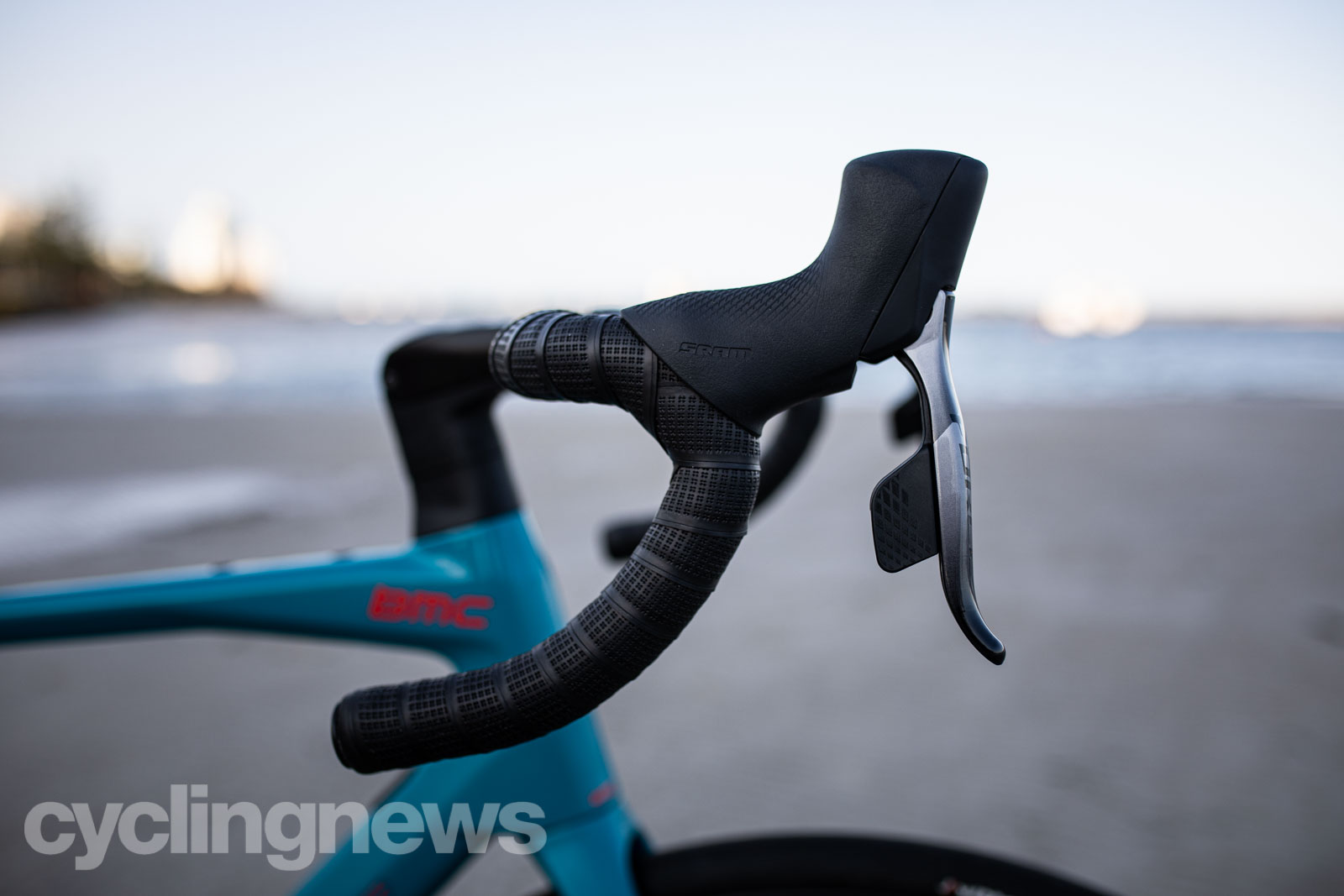
The death blow for electronic shifting for me is the added cost. Things on bikes break. Whether you ground the end of your shifter when you crashed or ripped off the derailleur on your gravel bike on a rock, over the lifespan of each bike you own, you're probably going to have to replace a crucial component at some point. A SRAM Force 22 hydraulic Dual Tap lever costs $379 while Force eTap AXS is $495; I know when I've broken something on my bike in the past and had to pony up the cash to replace it, each of those hundred extra bucks is a grain of salt in my road rash.
All this is to say, the reason I still appreciate mechanical shifting is its simplicity. As brands put their focus on electronic and wireless drivetrains, which are flashy and genuinely cool, taking advantage of the latest and greatest technology I still think shifting using a steel cable has its place. It's far from a perfect system, but even a hamfisted home mechanic like me can easily diagnose the problem with a set of Allen keys, cable cutters, and in extreme cases a derailleur hanger tool.
Based on the Gold Coast of Australia, Colin has written tech content for cycling publication for a decade. With hundreds of buyer's guides, reviews and how-tos published in Bike Radar, Cyclingnews, Bike Perfect and Cycling Weekly, as well as in numerous publications dedicated to his other passion, skiing.
Colin was a key contributor to Cyclingnews between 2019 and 2021, during which time he helped build the site's tech coverage from the ground up. Nowadays he works full-time as the news and content editor of Flow MTB magazine.